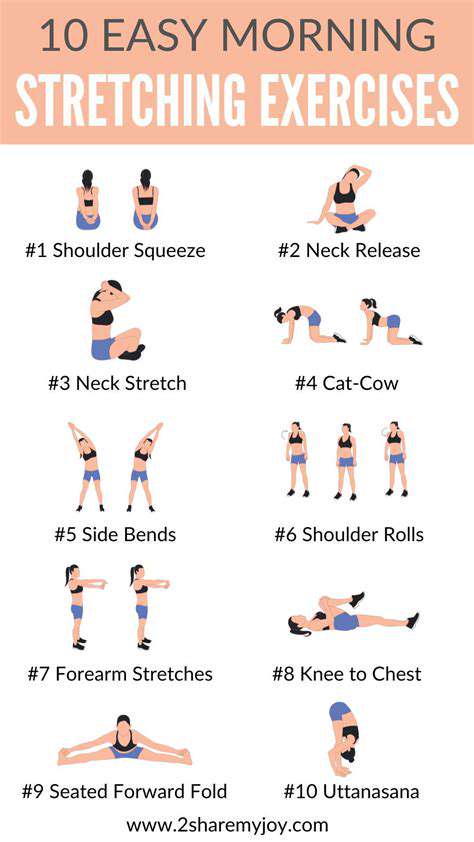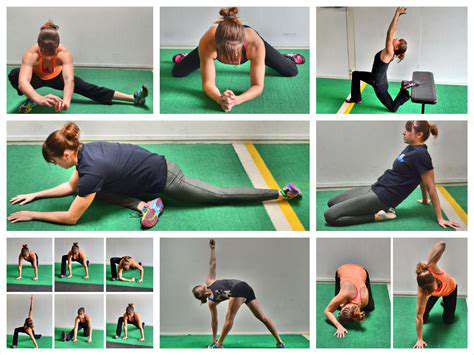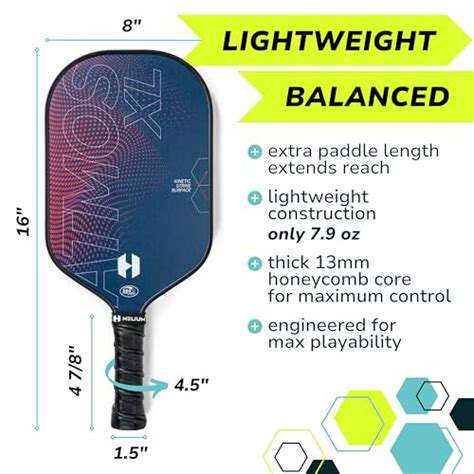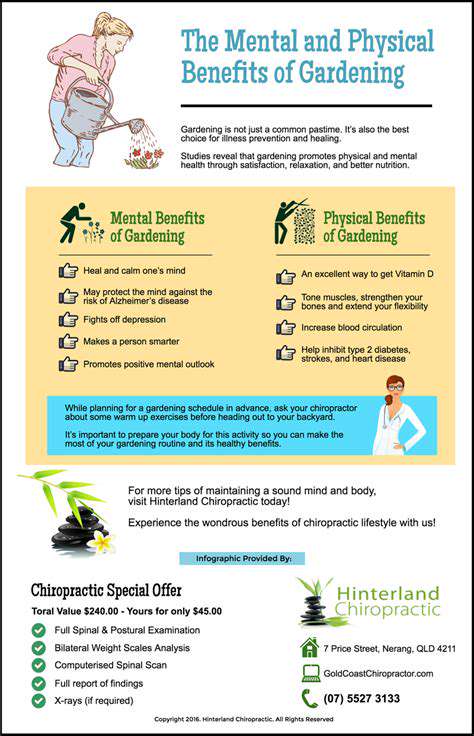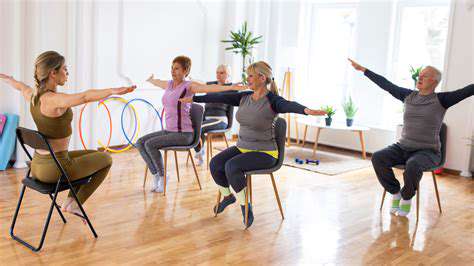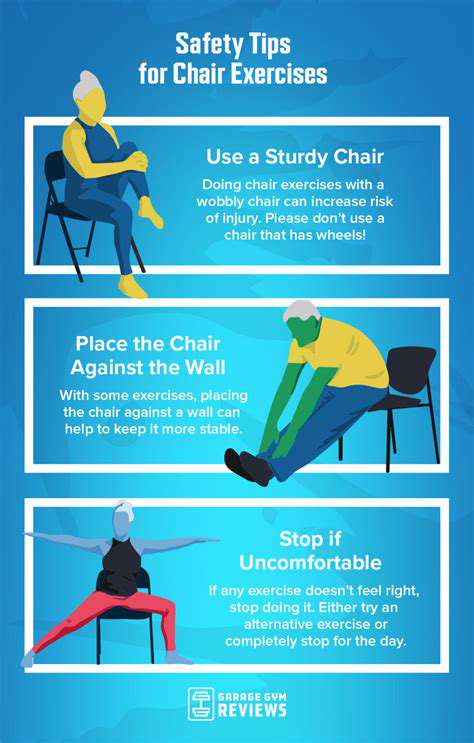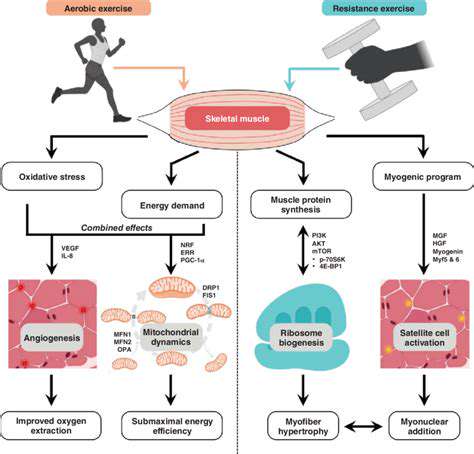Chair Exercises for Seniors Who Use Walkers
Benefits of Chair Exercises for Seniors with Walkers
Improved Balance and Coordination
Maintaining balance and coordination is crucial for seniors, especially those using walkers. Chair exercises can significantly improve these areas. By performing controlled movements while seated, seniors can strengthen the muscles that support balance, like those in the legs, core, and hips. This improved stability can reduce the risk of falls, a common concern for seniors who use walkers and may have reduced mobility. Furthermore, chair exercises often incorporate movements that mimic everyday tasks, such as reaching and turning, improving the coordination needed for safe and independent living.
Regular practice of these exercises can lead to noticeable improvements in balance and coordination over time. This translates to greater confidence and independence in daily activities, allowing seniors to move around more freely and safely, even with the support of a walker.
Increased Muscle Strength and Tone
Chair exercises are a fantastic way to build and maintain muscle strength and tone, even for seniors who may have limited mobility. Exercises like leg raises, arm curls, and seated rows, performed with proper form and resistance, can strengthen muscles in the legs, arms, and core. This increased strength can improve overall physical function, making everyday tasks easier to accomplish, from getting up from a chair to carrying groceries.
Stronger muscles also contribute to better posture and reduced risk of developing muscle atrophy, a condition that can lead to weakness and decreased mobility. Consistent chair exercises can help seniors maintain their strength and independence, preventing the limitations that often come with aging.
Enhanced Cardiovascular Health
While not as intense as some other forms of exercise, chair exercises can still contribute to improved cardiovascular health. Many chair exercises involve repetitive movements that elevate the heart rate, promoting blood circulation and improving the efficiency of the cardiovascular system. This can help to regulate blood pressure and improve overall heart health, contributing to a reduced risk of cardiovascular diseases.
Incorporating chair exercises into a senior's routine can be a great way to improve their cardiovascular well-being without the need for strenuous physical activity. Even moderate-intensity chair exercises can provide significant benefits for heart health and overall fitness.
Reduced Risk of Chronic Diseases
Regular chair exercises can positively impact various aspects of health, contributing to a reduced risk of chronic diseases. By improving muscle strength, balance, and cardiovascular health, seniors can potentially lower their risk of developing conditions like osteoporosis, arthritis, and type 2 diabetes. Stronger muscles also support better posture, reducing strain on joints and minimizing the risk of further complications.
The overall improved physical function and health from chair exercises can enhance the quality of life for seniors, allowing them to remain active and independent for longer periods. These exercises can contribute to a positive feedback loop in health, where improved fitness reduces the risk of developing chronic diseases.
Improved Mental Well-being
The benefits of chair exercises extend beyond physical health; they can also significantly improve mental well-being. Physical activity releases endorphins, which have mood-boosting effects. Regular chair exercises can help seniors manage stress, anxiety, and symptoms of depression. The sense of accomplishment from completing a chair exercise routine can boost self-esteem and confidence.
The social aspect of chair exercises can also be beneficial. Group classes or sessions with other seniors can foster a sense of community and social connection, further contributing to mental well-being. The combination of physical activity and social interaction can create a positive cycle of improving both physical and mental health for seniors.
Important Considerations for Safety and Success
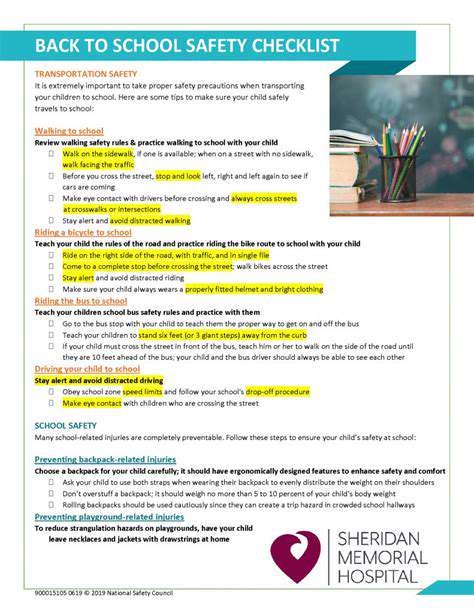
Emergency Preparedness
Ensuring your safety often hinges on your ability to react effectively during emergencies. Having a well-defined emergency plan is crucial, outlining procedures for various scenarios such as fire, severe weather, or medical emergencies. This plan should include designated meeting points, communication strategies, and a readily accessible emergency kit stocked with essential supplies. Practicing the plan regularly, even with small-scale drills, can significantly enhance your preparedness and response time.
Knowing your surroundings is also vital. Familiarize yourself with evacuation routes, exits, and safe areas within your home, workplace, or community. Knowing these details can be the difference between a quick and safe escape and a potentially dangerous situation.
Hazard Identification and Mitigation
Identifying potential hazards is the first step towards mitigating risks. This involves assessing your environment for potential dangers, such as faulty electrical wiring, unstable structures, or chemical spills. Proper hazard identification allows for proactive measures to be put in place to minimize the likelihood of accidents or injuries. Regular inspections and maintenance of equipment and infrastructure are crucial components of this process.
Understanding the specific hazards relevant to your environment is essential. For example, if you live in an earthquake-prone area, you might need to take additional steps to secure your home and belongings. Identifying and mitigating these risks will considerably improve your safety.
Personal Safety Practices
Implementing personal safety practices is paramount to avoiding accidents and injuries. This includes wearing appropriate safety gear when working with potentially hazardous materials or operating machinery, and following established safety protocols. Following safety procedures and using protective equipment is a fundamental aspect of personal safety, preventing injuries and protecting your well-being. This proactive approach is far more effective than reactive measures taken after an incident occurs.
Another key personal safety practice is to be aware of your surroundings and avoid risky situations. Whether you're walking, driving, or working, maintaining situational awareness can greatly reduce the likelihood of accidents. Taking a moment to assess the potential risks in your surroundings can prevent a multitude of problems. This can include being mindful of traffic conditions when crossing a street or using caution when approaching unfamiliar areas.
Security Measures
Implementing robust security measures is vital for protecting your assets and well-being. This includes taking steps to prevent unauthorized access to your home or business, using strong passwords and multi-factor authentication for online accounts, and familiarizing yourself with the local crime rates and security protocols in your area. A strong security system is more than just a deterrent; it's a crucial part of maintaining a safe environment. The protection of your property and personal safety are paramount.
Safeguarding Children and Vulnerable Individuals
Protecting children and vulnerable individuals requires a multifaceted approach. This involves establishing clear safety protocols within the home or community, teaching children about safety rules and procedures, and ensuring access to support systems for those who may need assistance. Children require specific attention to ensure their safety and well-being, as they are particularly vulnerable to harm. This proactive approach ensures a supportive environment for those who need it most.
Providing resources and support for vulnerable individuals is also crucial. This might include ensuring access to emergency services, providing information on available resources, and creating a network of support to help these individuals. Creating a safety net for vulnerable individuals is a vital component of a comprehensive safety strategy.
Progression and Long-Term Benefits
Improved Mobility and Balance
Regular chair exercises, especially those incorporating balance and coordination, can significantly improve mobility and balance in seniors who use walkers. These exercises help strengthen the muscles responsible for stability and postural control, reducing the risk of falls. By incorporating controlled movements and maintaining good posture, seniors can regain confidence and independence in their daily activities.
Exercises like seated leg raises, heel slides, and toe taps, performed progressively, can enhance the stability and proprioception needed for safe walking and movement around the house. Gradually increasing the difficulty of these exercises, under supervision if possible, will lead to noticeable improvements in mobility over time.
Enhanced Muscle Strength and Endurance
Chair exercises are an effective way to build muscle strength and endurance, even when limited mobility is a factor. Targeted exercises for the legs, arms, and core can improve strength, enabling seniors to perform everyday tasks with greater ease and less effort. This increased strength translates to better posture, improved balance, and enhanced overall functional ability.
Exercises like seated rows, arm curls, and torso twists, performed with appropriate resistance, contribute to a significant increase in muscle strength. Consistent practice of these exercises can help maintain or improve muscle mass, which is crucial for preventing age-related muscle loss and maintaining a higher quality of life.
Reduced Risk of Falls
Falls are a significant concern for seniors, often leading to injuries and decreased independence. Chair exercises, particularly those focusing on balance and coordination, can significantly reduce the risk of falls by strengthening muscles and improving proprioception. These exercises help seniors develop a better sense of their body position in space, allowing for more controlled movements and a lower likelihood of tripping or losing balance.
By incorporating balance exercises, such as seated heel-toe raises and side-to-side leg swings, seniors can actively improve their stability and prevent falls. These exercises, when performed correctly and consistently, can make a substantial difference in maintaining independence and safety.
Improved Cardiovascular Health
While not as intense as some other forms of exercise, chair exercises can contribute to improved cardiovascular health. Many chair exercises involve controlled movements and repetitions, which increase heart rate and promote blood circulation. This gentle increase in cardiovascular activity can enhance overall heart health, reduce the risk of cardiovascular diseases, and improve stamina for daily activities.
Incorporating arm movements, leg lifts, and rhythmic breathing into chair exercises can create a low-impact cardiovascular workout that is safe and effective for seniors using walkers. Regular participation can help maintain a healthy heart rate and promote overall well-being.
Increased Joint Flexibility and Range of Motion
Chair exercises can help maintain and improve joint flexibility and range of motion, crucial for seniors who may experience stiffness or limited mobility. Gentle stretching exercises performed while seated can target specific joints, such as the hips, knees, and ankles, improving flexibility and reducing joint pain. Regular stretching can also enhance the range of motion, making everyday movements smoother and less painful.
Exercises like seated hamstring stretches, quadriceps stretches, and ankle circles can help improve flexibility and reduce stiffness, promoting better joint health and mobility. These simple exercises, when done consistently, can significantly reduce discomfort and improve overall joint function.
Enhanced Mental Well-being
Beyond the physical benefits, chair exercises can also have a positive impact on mental well-being. The act of engaging in regular physical activity, even in a seated position, can reduce stress, improve mood, and boost self-esteem. The sense of accomplishment from completing exercises and noticing improvements in mobility can enhance self-confidence and overall mental health.
Chair exercises provide a structured activity that can help seniors maintain a sense of purpose and engagement. The social interaction that may be part of a group exercise program can further contribute to a positive mental outlook and combat feelings of isolation.

